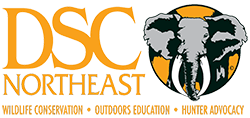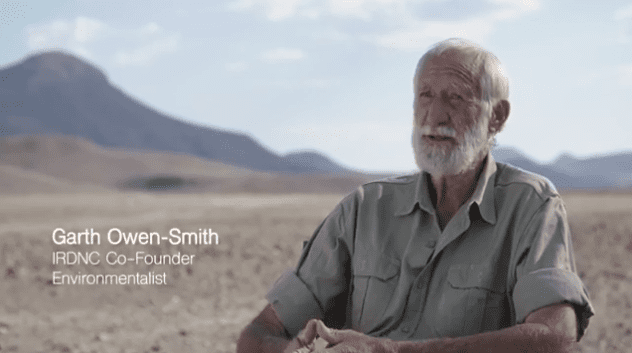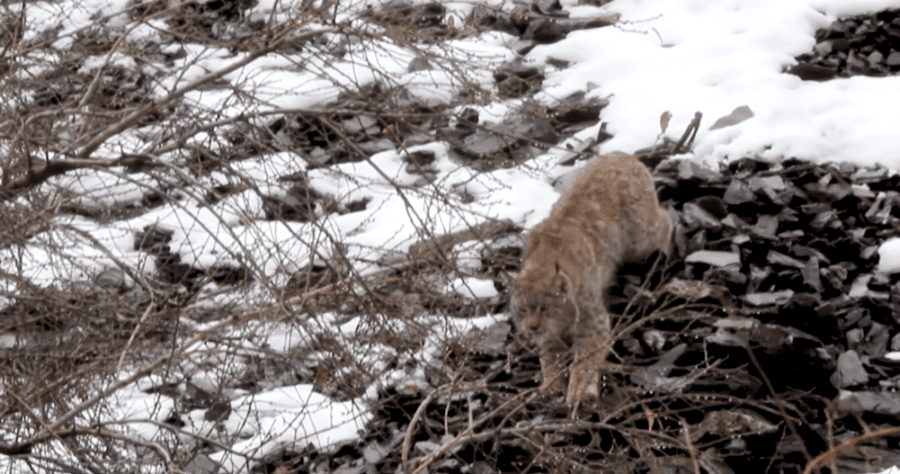“There is almost nothing more integral to being human than this sharing”—of hunted or foraged food, and the cooperation behind it.
Hunting stories are what we tell our friends and family about our own experiences; the hunting narrative is the collective history we tell as a broader hunting community. We can tell our hunting stories however we want, inflating the size of the fish or the antlers on the one that got away with each retelling. But what are our obligations to the narrative? How can our collective hunting stories advance our long-term goals for hunting and conservation, and give us a sense of pride in our endeavors?
In 1896, Harriet Hemenway and Minna B. Hall started an organization to advocate for the conservation of rapidly declining waterfowl populations that were being hunted for their feathers for the hat-making industry. In 1901, the national Audubon Society was formed in the US; it is still one of the best-known bird science and conservation organizations. By 1903, Theodore Roosevelt created the US’s first wildlife refuge, Pelican Island, in Florida, to protect bird breeding areas. In the 1930s, a group of waterfowl hunters got together to take similar action to protect declining waterfowl habitat; and in 1937 they incorporated Ducks Unlimited in Manitoba. Then, in 2018, Dehcho First Nations and the Government of Canada created the Edéhzhíe Protected Area in the Northwest Territories, which provides habitat for multiple species of goose and tundra swans (not to mention woodland caribou and bison and many other species).
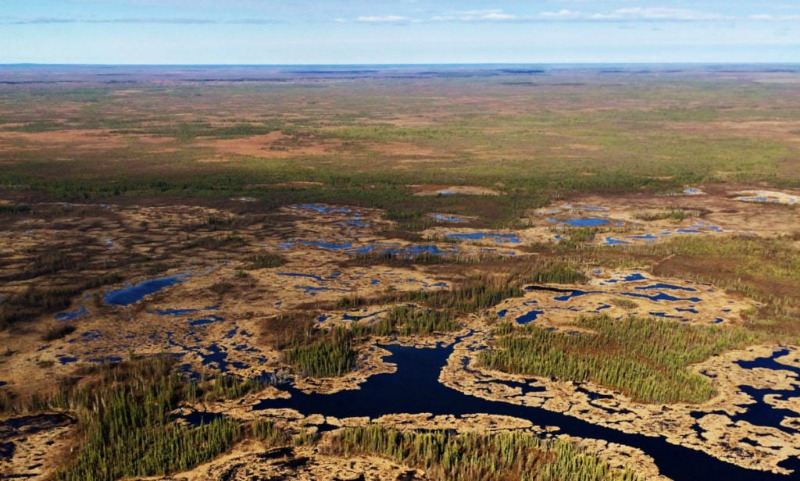
The Edéhzhíe IPA, Indigenous Protected Area, covers 14,000 square kilometres (5,405 sq mi) of habitat in a partnership between First Nations and the Government of Canada. The Narwhal photo
In its 2019 Waterfowl Population Status report, the US Fish & Wildlife Service estimated that there were 38.9 million ducks in North America. The efforts of birdwatchers, hunters, Indigenous communities and policymakers have been successful.
When I began hunting, in my mid-20s, I took the hunter’s education safety course, devoured every piece of literature and media I could find on the topic, researched hunting organizations and completely immersed myself in hunting. As an ecology student who had completed graduate research on the environmental impacts of resource development, I was already an environmentalist. But when I started hunting, I found a new and compelling narrative about conservation and its relationship with hunting. I am sure it is a narrative with which many hunters are familiar.
Our narrative
Much of the literature I encountered, about the history of the conservation movement in North America, highlighted the superlatives and positioned hunters as the keystone players—responsible for the financial and human resources that support conservation.
Some of the common representations will sound familiar: hunters are the original conservationists and the driving force of the conservation movement; hunters are responsible for the most significant conservation successes in North America; hunters contribute the bulk of funding to conservation coffers; and that hunters are the “true” conservationists, the ones who care more about wildlife than anyone else.
These narratives were inspiring to me as I found a place in a new community and felt pride in a set of collective values and achievements. They provided a source of inspiration to me, and likely many others, and contain some important elements that should unify us in humble pride for our contributions.
But it’s incomplete
At the same time, I now find this narrative somewhat incomplete.
It’s not that I disagree that hunters were there at the beginning, put in the hard work and are dedicated conservationists who contribute substantially and care deeply about wildlife. Instead, when we emphasize the superlatives—that hunters are the first, most, best, etc.—I think we miss a more important aspect of hunters’ involvement in conservation, and this other aspect should be a source of even greater pride for our community.
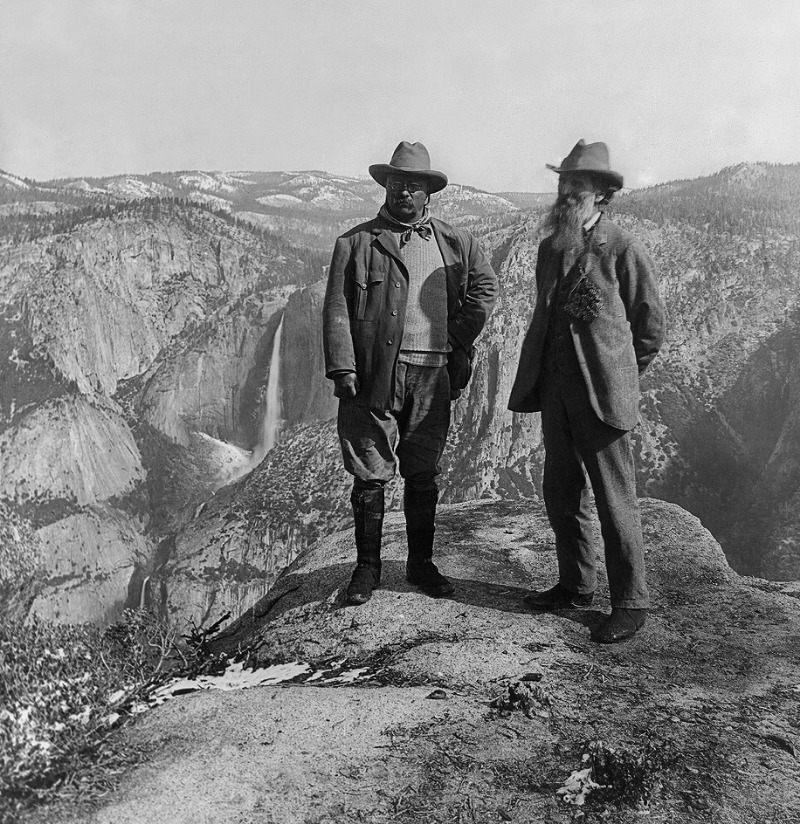
Theodore Roosevelt, a hunter, and John Muir, a non-hunter, set a precedent for cooperative conservation to protect vast tracts of land for wildlife. US Library of Congress
If I think of a central defining feature in the story of the conservation movement in North America, what stands out to me is cooperation. Correspondingly, I think one of the most important defining features of the hunting community is our capacity for cooperation with other groups to safeguard wildlife and wild places.
Cooperation / community
It is not contentious to say that hunting both sprouted from and has been watered by a deep capacity for cooperation. Hunting with friends, family and that favorite, dependable hunting buddy is part of what draws many of us to the fall each year. Cooperation is, literally and figuratively, in our DNA as human hunters and it is an intrinsic part of the social fabric of hunting cultures.
A capacity for cooperation is the evolutionarily embedded quality that allowed us to develop close, organized, supportive communities. The development of cooperative hunting strategies represented somewhat of a turning point in human evolution. Historians recognize biological changes that occurred in our ancient ancestors when they began to organize themselves into hunting parties and work together to pursue larger and more dangerous game.
Even now, some of the proudest hunting regions of North America would acknowledge a strong sense of community. Allen Morris Jones writes, in A Quiet Place of Violence, about what he describes as the “curious coexistence” in the American West of proud individualism and a fierce sense of community. The individualism, he says, is largely mythical, “but the sense of community is a geographical reality. Building, branding, and firefighting all need a neighbor’s help.”
One of the narratives we sometimes hear is that humans have always been hunters and that we evolved as hunters. While this is slightly inaccurate, the more precise story inspires even more confidence in our role as hunters: Rather than evolving as hunters, humans evolved into hunters. Early hominid species were omnivores, but most of their animal protein came from scavenging other kills and trying to make off with precious, calorie-rich bone marrow before the more dangerous predators arrived. It was when we began cooperating that we developed a true hunting culture and fresh meat took a central place in our diet.
So, our history as meat-eaters should emphasize the successful development of cooperative hunting more than simply that early humans were drawn to meat. Being able to organize ourselves and work together toward a shared goal that, ultimately, had a substantial benefit is what has defined our history as successful hunting cultures.
In Domesticated: Evolution in a Man-Made World, Richard C. Francis notes that “while it is certainly true that our competitive interactions are the most complex among mammals, it is our cooperative social interactions that most distinguish us from other mammals.”
Cooperative conservation
The history of the conservation movement, perhaps more poetically than literally, parallels our history as hunters. Under examination, the narrative that conservation successes were carried almost entirely on the backs of hunters does not quite hold. Don’t get me wrong, hunters (we) have played a critical role in the conservation movement; I just don’t think that measuring and quantifying the proportion of the work that hunters have accomplished should be our main focus.
The story of waterfowl conservation that I told at the beginning should not imply a picture of the conservation as a utopia free of debate or conflict. As much as it has been characterized by political aisle-crossing and cooperation, the conservation movement is also full of disagreement and debate. However, it is the ability for cooperation and success because of those debates, rather than despite them, that characterizes the conservation movement.
The ability of the conservation movement to address increasingly complex challenges, much like human hunting history, has been enabled by its participants actively developing opportunities for cooperation based on respectful differentiation of roles and shared goals.
Examples
Consider a poignant example of conservation success. In 1956, Mardy Murie and her husband, Olaus Murie, President of The Wilderness Society, spent a summer camping in Alaska to conduct field surveys of the flora and fauna that would eventually come to be protected by the Arctic National Wildlife Refuge. ANWR is the largest wildlife refuge in the United States. The traditional territory of the Gwich’in, it is a cherished destination for hunters and provides habitat for an estimated 287 species of land and marine mammals, fish and birds, including critical calving grounds for the Porcupine Caribou Herd.
The designation of ANWR in 1960, and the doubling of its size in 1980, are the result of efforts by scientists, environmentalists and hunters dating back to the 1920s to protect what they all saw as an immensely valuable wilderness area. The coalition of ardent and vocal advocates for the continued protection of ANWR continues today, even as the US government decided to open ANWR to oil drilling late last year.
Acknowledging the history of colonialism that is wrapped up in North America’s so-called public lands, our system of national parks and wildlife refuges are celebrated as some of the most important conservation tools on this continent, and they depend upon intense cooperation between hunters and non-hunters.
There is a great deal of work to be done to reconcile the history of the public land system in displacing Indigenous communities from their traditional territories and imposing Western management systems and concepts of land ownership. At the same time, there have been important examples of Indigenous and settler groups working together to protect critical habitat and wilderness areas.
In Canada, the recently designated Tallurutiup Imanga National Marine Conservation Area, in Nunavut, is a powerful example of cooperation between Inuit communities and organizations, NGOs and the broader federal conservation apparatus. An NMCA is essentially a national park in the ocean, and Tallurutiup Imanga “signals a new way of doing marine protection.” It is managed to support the hunting and fishing rights of Inuit communities and protects 44,300 square kilometers (17,000 square miles) of habitat for marine species such as narwhal.
Pride in cooperation
If the hunting narrative has perhaps not been the full story of hunters’ roles in the conservation movement, what does this mean? I am certainly not saying that we should feel less pride in our roles in and contributions to conservation. On the contrary, I am suggesting that there is an element of the hunting and conservation narrative that offers us an even greater source of pride.
I suggest that we shift our gaze slightly and refocus on the capacity that hunters have shown for meaningful cooperation and the unique understanding of the importance of cooperation that we can bring to the table. Historically, hunters have shown an incredible ability to work with multiple groups to create a story of shared conservation successes. Cooperation and shared success will continue to be critical in addressing the complex conservation challenges we face in the 21st Century and the achievements we want to work towards, including protecting 30% of the planet by 2030.
I suggest also that we broaden our language and framing when we talk about hunters’ roles in the conservation movement. Rather than emphasize the idea that hunters were the first, most or best contributors to conservation, instead we emphasize that we have shown the desire and capacity to work with diverse groups to ensure a future full of wildlife and wild places.
To me, it is the desire and capacity for radical cooperation that defines our history as hunters and that gives me a tremendous sense of pride in the hunting community.
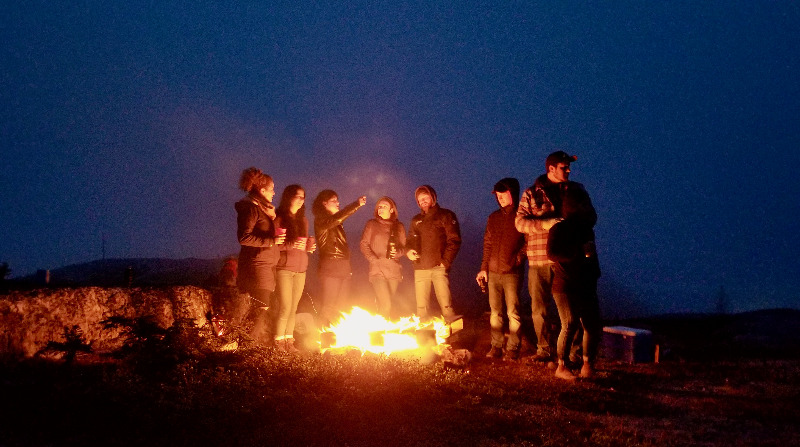
Conversation and cooperation around the campfire, literally and figuratively, can build lasting conservation relationships. Author’s photo
Conclusions
When I think about it, I suppose there are few things that I have accomplished entirely on my own. I’ve worked hard, sure, but at the end of the day someone has given advice and other support for the most important achievements in my life. In thinking more about this, it occurs to me that those moments of accomplishment are the more meaningful because of the people I share them with.
As I continue to meet and collaborate with people in different parts of my life, it also occurs to me that I do not want them to go away! I hope I can always celebrate and share achievements with others because it is the sense of shared accomplishment that makes life more valuable and far-reaching. In thinking about this in the broader hunting and conservation contexts, I feel the same sentiment: It will be our continued and reinvigorated capacity for meaningful cooperation across diverse groups of people that will allow us to realize our most important conservation goals.
A friend reminded me the other day that sharing food from a hunt or forage is quite likely one of the original social bonds among humans; in her words, there is almost nothing more integral to being human than this sharing.
In an article in Science titled “Food for Thought,” Ann Gibbons notes that there was another food-related turning point in human evolution. Cooperative hunting was an important step in our ability to secure meat; however, cooking our meat provided humans with a huge evolutionary advantage and helped stimulate changes in our brains that fueled human evolutionary advancement. It is also conceivable to imagine human hunters and non-hunters sitting around a campfire thousands of years ago, just as we do today, discussing and debating important issues, finding common ground and planning the best way to cooperate toward common goals.
In his PhD thesis, in Environmental Studies, Paul McCarney examined the social and ecological dimensions of wildlife research and management in the Arctic. McCarney lives in St. John’s, Newfoundland & Labrador, where he works with the Canadian government on marine conservation. McCarney is a frequent contributor to Conservation Frontlines. This essay was originally published on Hunt to Eat and also appears on McCarney’s Landscapes & Letters.
The post Cooperative Conservation–It’s what defines the hunting narrative appeared first on Conservation Frontlines.
The views expressed by the editors, authors or users of this linked article are expressly theirs, and do not necessarily reflect the policies or opinions of Dallas Safari Club, its employees, members or assigns. Any concerns about a site user’s post should be addressed appropriately to that person. Any concerns about an advertiser, a user or any content on this site should be addressed to social@dscnortheast.org.
